When tragedy strikes in the real world, there is always someone quick to blame the media. Adult content like violence or drug use in entertainment is a common scapegoat, resulting in censorship and moral panics.
It’s important to draw a distinction between depicting violence or any other manner of controversial content, and endorsing it. Art can depict the harsh reality of violence in order to condemn it, but censorship rarely appreciates this kind of nuance. A good example of this comes from the Comics Code Authority (CCA), a regulatory body formed by the comics industry to ensure that creators kept their stories appropriate for young children. The code may have been well-intentioned, but it was nevertheless one of the worst violations of free speech to befall entertainment in American history. Wholesalers would refuse to sell comics without code approval, making it difficult to circumvent the rules. Entire companies disappeared as the new rules eliminated horror comics and severely restricted crime comics. In banning any form of adult content, the code essentially restricted comics to a young audience, a reputation the comics industry still hasn’t fully moved away from decades later.
The CCA’s stranglehold over the industry weakened over the years, starting with a Spider-Man story about substance abuse. In 1971, Marvel Comics legend Stan Lee received a letter from the Department of Health, Education and Welfare (known today as the Department of Health and Human Services) suggesting that Spider-Man could be helpful in communicating to children about drug addiction. Lee happily wrote the story, but it was rejected by the CCA when Marvel submitted it for approval. Despite the story’s anti-drug stance, the code dictated that it was inappropriate for a comic to even acknowledge the existence of drugs. Feeling that the message was important for their audience, Marvel published the story without the CCA’s approval, something unheard of at the time. That very year, the code was updated to permit some discussion of drug-related issues and was loosened further in 1989 at the request of DC Comics. One by one, publishers left the code, choosing to regulate their output themselves.
Obviously, nearly all parents want to protect young children from certain content, which they have every right to do. However, the CCA shows that arbitrarily condemning adult content simply doesn’t work. It hurt smaller publishing companies, restricted artistic freedom (thereby violating the First Amendment), and actually prevented comics from imparting valuable lessons to their audience. While other forms of entertainment have been spared such crippling regulation, the same problems spring up in more subtle ways.
The closest equivalent to the CCA is the Motion Picture Association of America (MPAA), the regulatory body that represents the major studios in Hollywood. It enforced an absurdly strict set of rules popularly known as the Hays Code from the 1930s through the late ‘60s. Thankfully, it switched to a rating system, but the current system isn’t without fault even after periodic updates. In the 1980s, there was a growing concern over films that did not feature enough violence to warrant an R-rating but were nevertheless deemed inappropriate for the younger audiences attending PG-rated films. After a few of his films came under criticism for their violent content, director Steven Spielberg called the president of the MPAA and suggested the creation of an intermediate rating, which came to be called PG-13.
At the time, the change was a huge improvement, bringing more precision and accuracy to the rating system. However, studios eventually realized that PG-13 movies were the most financially viable due to their wider audience, and began aiming for a PG-13 rating on films with subject matter usually reserved for the R-rating, especially action and horror films. Violence could still be depiction in massive amounts, but had to be sanitized. One study from a few years ago found that gun violence in PG-13 movies has steadily increased over the years, to the point that they actually depict more acts of violence than R-rated movies. While PG-13 movies depict more violent acts, they make it more palatable by omitting the graphic results.
Should we really be trying to make violence palatable? Many R-rated films have used explicit violence to show the horror and brutality associated with real life violence. PG-13 violence, by shying away from real consequences, seems more acceptable and justifiable in comparison. Violence is almost always inappropriate, and any attempt to make it appropriate is absurd and sends a far worse message than explicit violence.
There’s a fair argument to be made for labeling adult content in media (people deserve to know what they’re buying, after all), but most attempts to actually regulate content range from ineffectual to harmful. There are valid reasons for art and entertainment to explore controversial or otherwise unsavory aspects of life. Censors are ill-equipped to determine artistic merit and inevitably interfere in things best left up to creators and audiences.






 people sitting on chair in front of computer
people sitting on chair in front of computer



 all stars lol GIF by Lifetime
all stars lol GIF by Lifetime two women talking while looking at laptop computerPhoto by
two women talking while looking at laptop computerPhoto by  shallow focus photography of two boys doing wacky facesPhoto by
shallow focus photography of two boys doing wacky facesPhoto by  happy birthday balloons with happy birthday textPhoto by
happy birthday balloons with happy birthday textPhoto by  itty-bitty living space." | The Genie shows Aladdin how… | Flickr
itty-bitty living space." | The Genie shows Aladdin how… | Flickr shallow focus photography of dog and catPhoto by
shallow focus photography of dog and catPhoto by  yellow Volkswagen van on roadPhoto by
yellow Volkswagen van on roadPhoto by  orange i have a crush on you neon light signagePhoto by
orange i have a crush on you neon light signagePhoto by  5 Tattoos Artist That Will Make You Want A Tattoo
5 Tattoos Artist That Will Make You Want A Tattoo woman biting pencil while sitting on chair in front of computer during daytimePhoto by
woman biting pencil while sitting on chair in front of computer during daytimePhoto by  a scrabbled wooden block spelling the word prizePhoto by
a scrabbled wooden block spelling the word prizePhoto by 
 StableDiffusion
StableDiffusion
 StableDiffusion
StableDiffusion
 StableDiffusion
StableDiffusion

 women sitting on rock near body of waterPhoto by
women sitting on rock near body of waterPhoto by 
 Photo by
Photo by 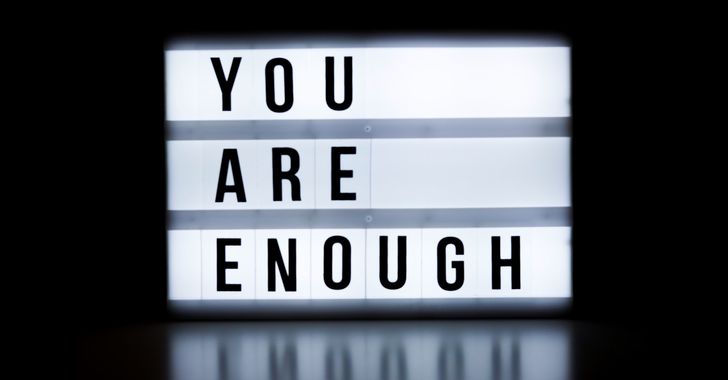 Photo by
Photo by 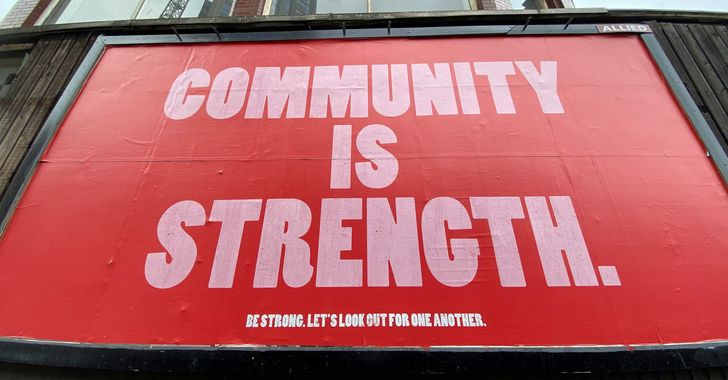 Photo by
Photo by  Photo by
Photo by 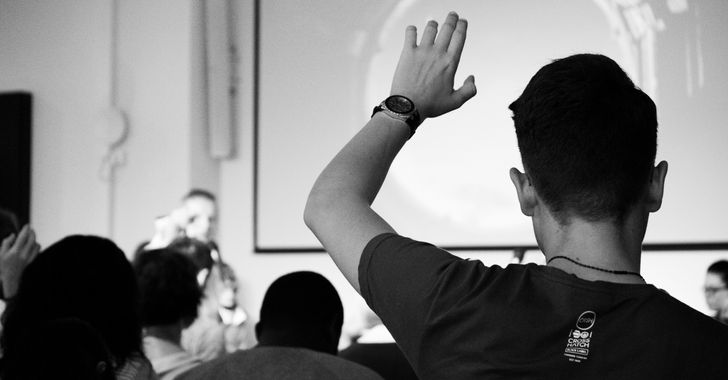 Photo by
Photo by  Photo by
Photo by 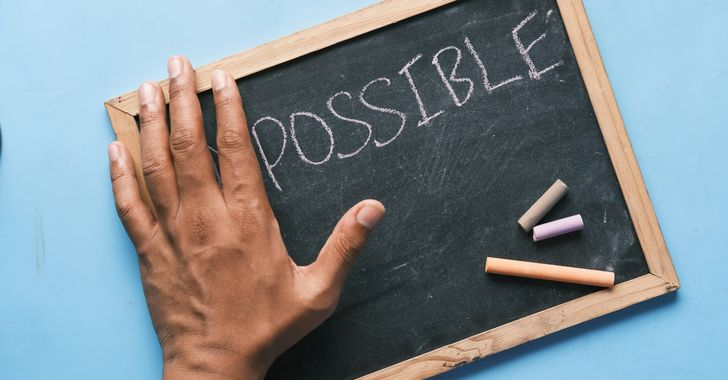 Photo by
Photo by  Photo by
Photo by  Photo by
Photo by 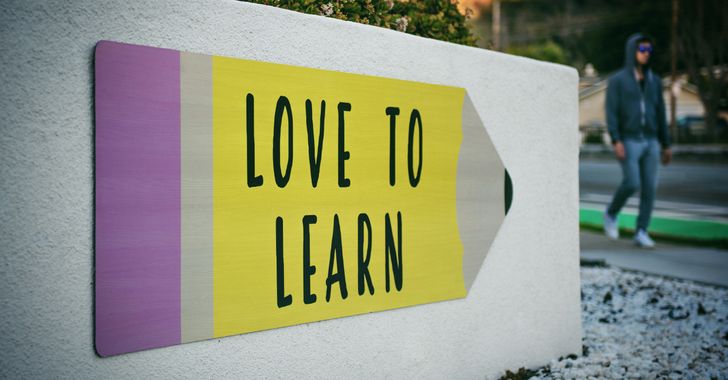 Photo by
Photo by 








